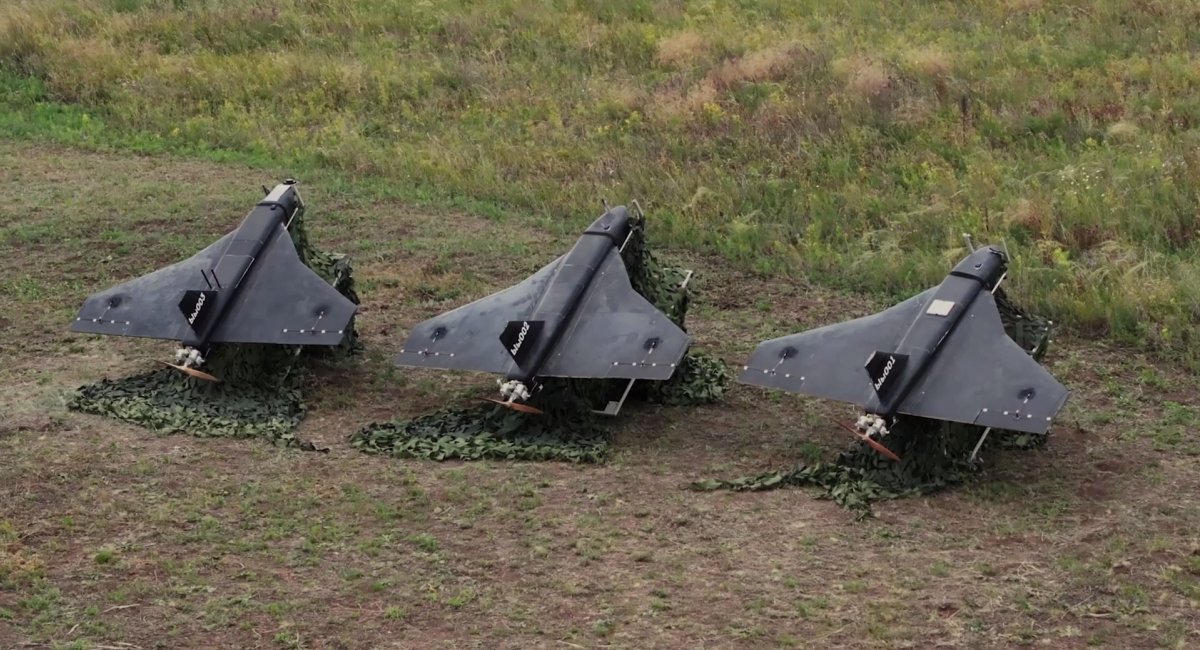Through the night of July 31, Russia targeted Kyiv with 89 drones. According to Ukrainian sources, all Russian drones were shot down.
You might wonder – How in this world do the Russians think they are going to win the war if they cannot get a single drone to penetrate Ukrainian air defenses? How do Ukrainian drones routinely penetrate Russian air defenses?
If the Russian July 31 attack comes through as a pathetic failure, you might want to read on. The failure is more nuanced than Ukrainian media would want you to believe.
The Russians may well be working to a well-thought-out game plan. Their strategy appears to be as follows.
- Fly the drones to heights where they can only be engaged with missiles. Not with guns.
- Any missile fired at the drone is likely to be more expensive than the drone. Assuming it takes two missiles to down a low-signature drone, Russia would achieve a victory by
- Imposing a heavier cost
- Depleting Ukrainian AD missile stocks
- Gaining intelligence on AD system deployment for follow on SEAD (Suppression of Enemy Air Defence) attacks with Iskander-M missiles.
If the July 31 attack had been intended as a strike on specific targets, the Russians would likely have attempted to saturate Ukrainian air defenses using a large number of drones arriving simultaneously from different directions, counting on some drones slipping through the defense AD missile barrage.
An attack spread over the night is suggestive of a probing attack.
There is more to the Russian strategy. It’s widely assumed that the 89 drones employed for the most recent attack in Kyiv, one of the largest attacks on the Ukrainian capital, if not the largest, were Russian Geran-2 drones. However, it’s possible that among the drones used, some were the newly developed Gerbera drones.
Gerbera Drone
On July 24, Ukrainian social media accounts posted pictures of a new Russian drone resembling the Geran-2 kamikaze drone.
The new drone crashed near Kyiv without sustaining much damage. Surprisingly, the drone featured no warhead. Its airframe was built using radar-absorbing foam and balsa wood/plywood. At first sight, it could make you wonder if the Russians had now started buying drones from the Houthis!
Ukrainian sources claimed that the UAV was flying at a speed of 150 kph and at an altitude of 20-30 m, completely transparent to Ukrainian AD radars. The minimal damage to the UAV was suggestive of a crash into an obstruction such as a tree, not an AD weapon downing.
Inside the airframe, the Ukrainians reportedly found a 3G / 4G modem with a Ukrainian SIM card.

Later, on July 28, the drone was identified as the Russian Gerbera drone based on a video posted on Stalin’s Falcon Telegram Channel. The video credits Russia’s Gastel Design Bureau as the developer of the drone, which the video alludes to as the “younger sister of the Geranium.”
The video claims that Gerbera is capable of swarm operations in diverse roles, including ELINT (Electronic Intelligence), Kamikaze attacks, and Decoy operations.
Gerbera Characteristics
Unlike the Geran drone’s flying wing airframe, the Gerbera features cranked delta wings with a vertical stabilizer. Like the Geran, it uses a tail-mounted pusher propeller.
The use of a vertical stabilizer would make the Gerbera less stealthy, but the stealth compromise would be more than made up for by the use of radar-absorbent foam and a wood airframe.
The Gerbera appears slightly smaller than the Geran, which may explain the “little sister of Geran” reference. Clearly, the Gerbera would be completely transparent to Ukrainian AD radar systems.
Since the Gerbera is capable of ELINT, it would be able to detect radar and radio emissions along its flight track and store signal characteristics with precise locations.
The drone’s onboard cellular connectivity would allow it to intermittently transmit its current position and the stored ELINT data. It is even conceivable that the UAV can relay stored videos whenever it is connected.
At the very least, the Gerbera’s swarm operations capability would allow it to keep station with a Geran drone, like a loyal wingman. Such a capability would eliminate the need for carrying an expensive navigation system combining inertial and satellite navigation.
The reduction in the production cost would be significant, factoring in the cheaper materials used for building the airframe.
Operational Use
The combination of Gerans and Gerberas could prove very effective in depleting Ukrainian AD missile stocks and compromising their locations for follow-up SEAD attacks.
Because both Geran and Gerbera drones can carry warheads, Ukrainian forces cannot assume they are decoys. In other words, they are damned if they shoot them down and damned if they don’t!
In the initial stages of military operations, during saturation attacks, Russian forces used cruise missiles without warheads as decoys or ELINT platforms. The effectiveness of NATO-supplied AD systems such as NASAMS, IRIS-T, SAMP/T, and HAWK systems eventually made cruise missile saturation strikes unviable. Since cruise missiles are very expensive, Russian forces cannot impose any cost penalty on adversary AD.
By replacing saturation strikes by expensive cruise missiles with saturation strikes by inexpensive drones as part of SEAD operations, Russia could seize back the initiation in missile warfare.
- Vijainder K Thakur is a retired IAF Jaguar pilot, author, software architect, entrepreneur, and military analyst.
- VIEWS PERSONAL OF THE AUTHOR
- Follow the author @vkthakur




